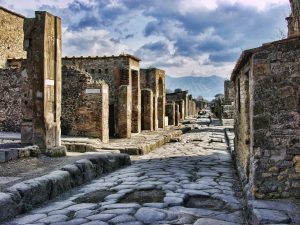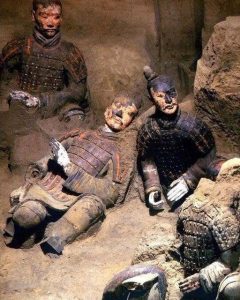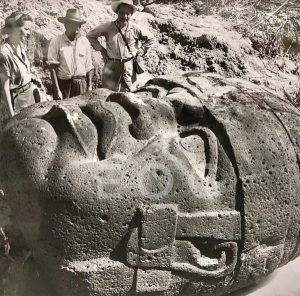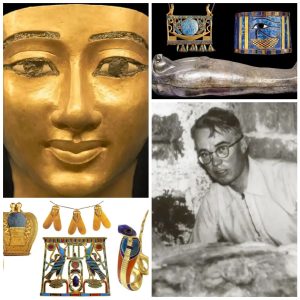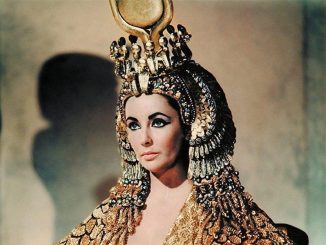The iconic stone heads of Easter Island, known globally as Moai, have intrigued and mystified observers for centuries. These monumental figures, towering over the landscape with their imposing gazes, are universally recognized. However, recent archaeological efforts have revealed a startling and less widely known fact: these heads have bodies, extending far beneath the earth’s surface.

Discovering the Hidden Bodies of Moai
For many years, the world only saw the heads of the Moai, leading to the misconception that these were the complete statues. The reality, however, is much more fascinating. Recent digs and excavations on Easter Island have uncovered that these heads are attached to full torsos, which are buried beneath the ground. This revelation not only changes our visual understanding of these iconic statues but also enhances the archaeological significance of these figures.
Archaeological Efforts and Findings
Archaeologists have documented 887 Moai statues, but estimates suggest that there could be over a thousand scattered across the island. The excavation of these statues has revealed detailed torsos, marked with intricate designs that were previously unknown. These carvings, hidden from view for centuries, include symbols that may have held cultural or spiritual significance for the people who constructed them.
The Significance of the Moai Statues
The Moai are believed to have been created by the Rapa Nui people between the years 1250 and 1500. They stand as a testament to the ingenuity and creativity of this early civilization. Traditionally, it is thought that the statues were created to honor ancestral chiefs and were positioned to watch over the villages, with their backs to the sea and faces toward the communities.
Implications of the Findings
The discovery that the Moai statues have bodies alters our understanding of the effort and resources that went into their construction. It adds a new layer to our appreciation of the Rapa Nui culture, suggesting that these were not merely totems but significant cultural symbols crafted with purpose and dedication. It also prompts a reevaluation of the methods used by the Rapa Nui to transport and erect these statues.
The Moai of Easter Island are an enduring mystery, and the revelation of their complete forms invites both scholars and the public to reconsider their perceptions of these awe-inspiring statues. The ongoing study of the buried sections of the Moai is sure to provide further insights into the lives of the island’s ancient inhabitants, revealing more about their social structures, religious practices, and the environmental challenges they faced. As we continue to dig both literally and figuratively, the Moai remain a profound reminder of human capability and the enduring desire to connect with the divine.


